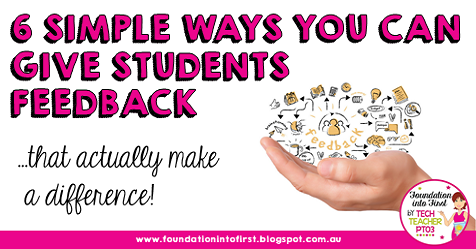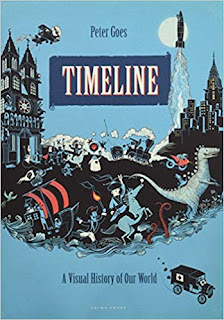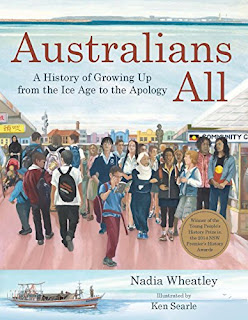Feedback is so crucially important to students. I always think of a soccer player aiming to kick the ball into a goal. You wouldn't tell them to practice for days then put them on the field and expect them to do well. Coaches will break the process down into smaller steps such as dribbling, shooting, passing and running. They will give feedback on each step including how well they achieved this skill before moving on to the next skill.
As teachers, with so many things to do, we often lose sight of those goal-setting steps and it's understandable with so many students in each class. We're all familiar with monitoring tasks at the start of new unit and the summative assessment at the end of the unit - but what are you doing in between these two points to monitor and give students feedback.
Here are my tips for giving feedback that will actually help your students reach their goals.
1. BREAK IT DOWN
It's seems obvious and as teachers we're doing this all the time but have you actually taken the assessment piece and broken down the skills students need in order to succeed on that assessment. If you haven't read my blog post from last week on backward mapping and data collection click here to read it.
2. MAKE IT TIMELY
Feedback needs to be timely. More so with young students who have a short attention span. There is little point providing feedback on an summative assessment piece three weeks after they have completed it as you'll already be working towards a new assessment. I aim to get my summative pieces back to students within a week of completing it. This means you can discuss their abilities to demonstrate these skills while they are still fresh in their mind.
The same can be said for formative assessment pieces, which I try to return to students the same day or the next teaching day. Pop quizzes give you a quick, daily opportunity to give instant feedback to students.
3. BUILD A CULTURE OF FEEDBACK
Some students do not accept feedback well. Students who are not resilient see feedback as criticism. It's important to discuss these issues with the student's parents as well as with the student. Make the difference clear to students that it is not criticism and that feedback is essential for students to understand how well they are performing.
Build a culture of peer feedback in your classroom. Encourage students to give and receive feedback regularly to help students build resilience. Introduce the concept of 'yet' to students. I can't do this 'yet' is a powerful tool you can use with students.
4. KEEP RUNNING RECORDS
This is a strategy that is mostly used in early years teaching but can be applied to middle and upper without too much effort. A great suggestion from kindergarten_matters:
"I monitor understanding using running records, observation and questions during guided reading time. Conferencing during writing time, observation during maths time and always end with a maths worksheet or activity where I can easily assess understanding".
The key point here is - have a variety of methods to use. I particularly like the way she uses her guided reading time to ask questions. This is a great strategy for assessing your students abilities and giving them that informal feedback. In addition, I also love using conferencing one-on-one, which can be hard to do when we are so time poor but can give you real results in the improvement of their work.
5. KEEP IT SIMPLE
Feedback doesn't have to be overly complicated. Little Learning Legends suggest a simple but effective strategy for giving timely feedback.
"I get them to write their goals in their book and put three boxes next to them and I tick them off as we go along."
What makes this a great strategy is that that student is participating in the feedback process and using some self-assessment to monitor their own progress.
6. MAKE IT FUN
Here is a recent suggestion from Little Library Learners about a fun way to give students feedback:
"I love to distribute exit tickets to students to monitor their understanding of a new concept or skill!"
This feedback idea ticks all the boxes. It's a timely, simple and fun way of giving feedback and is actually something students can look forward to!
What are the best ways you've found to give students feedback?



























